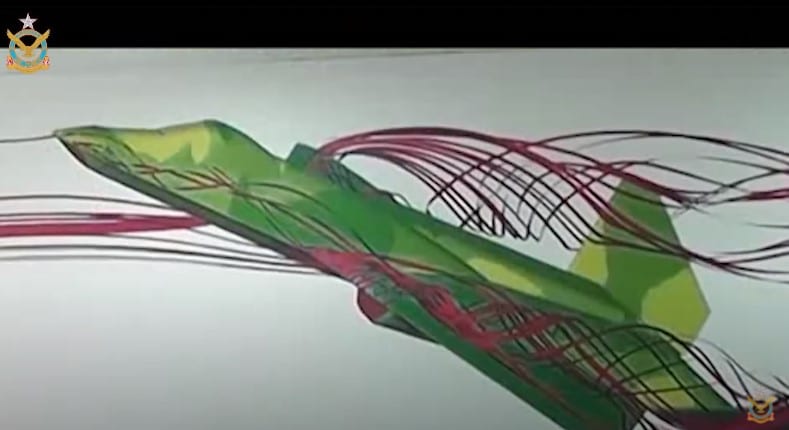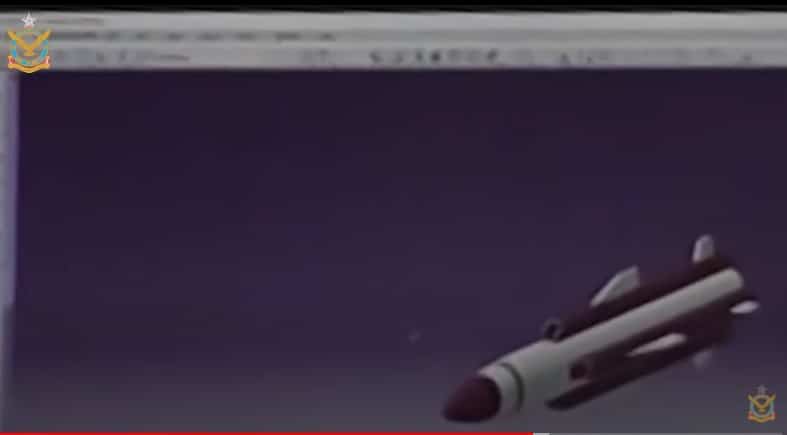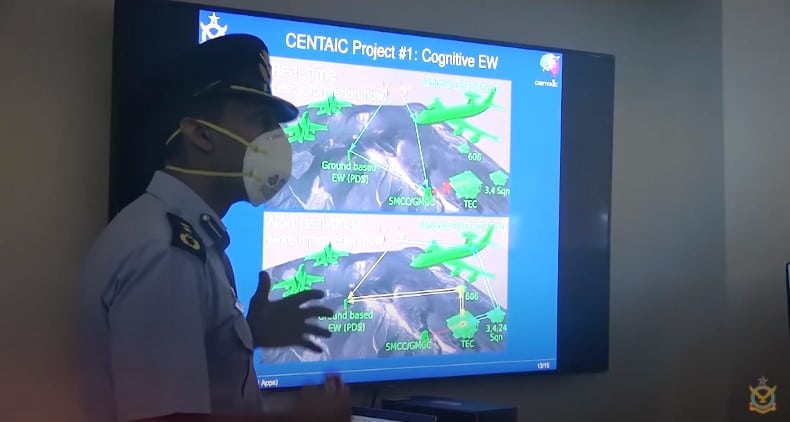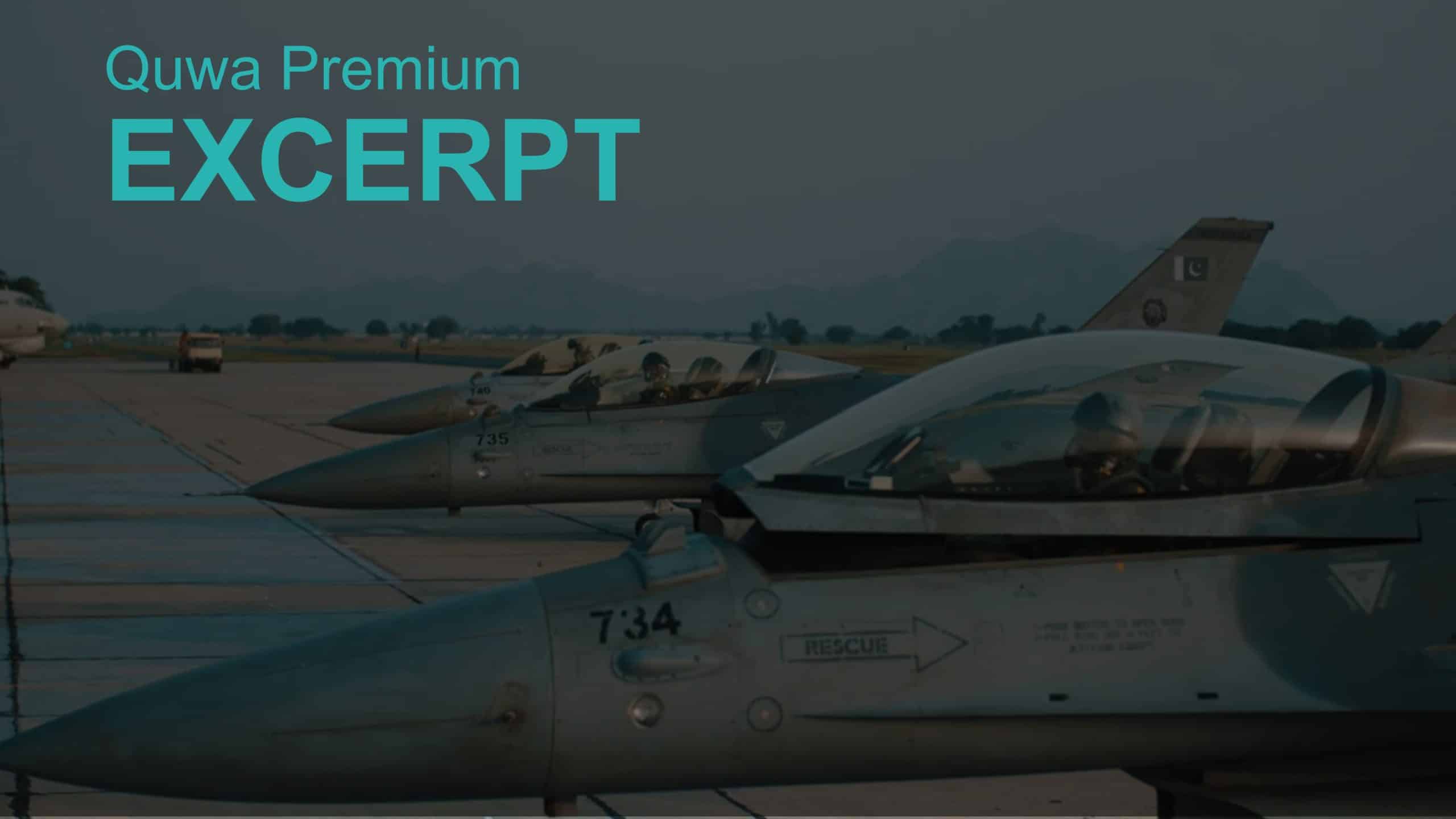1891Views
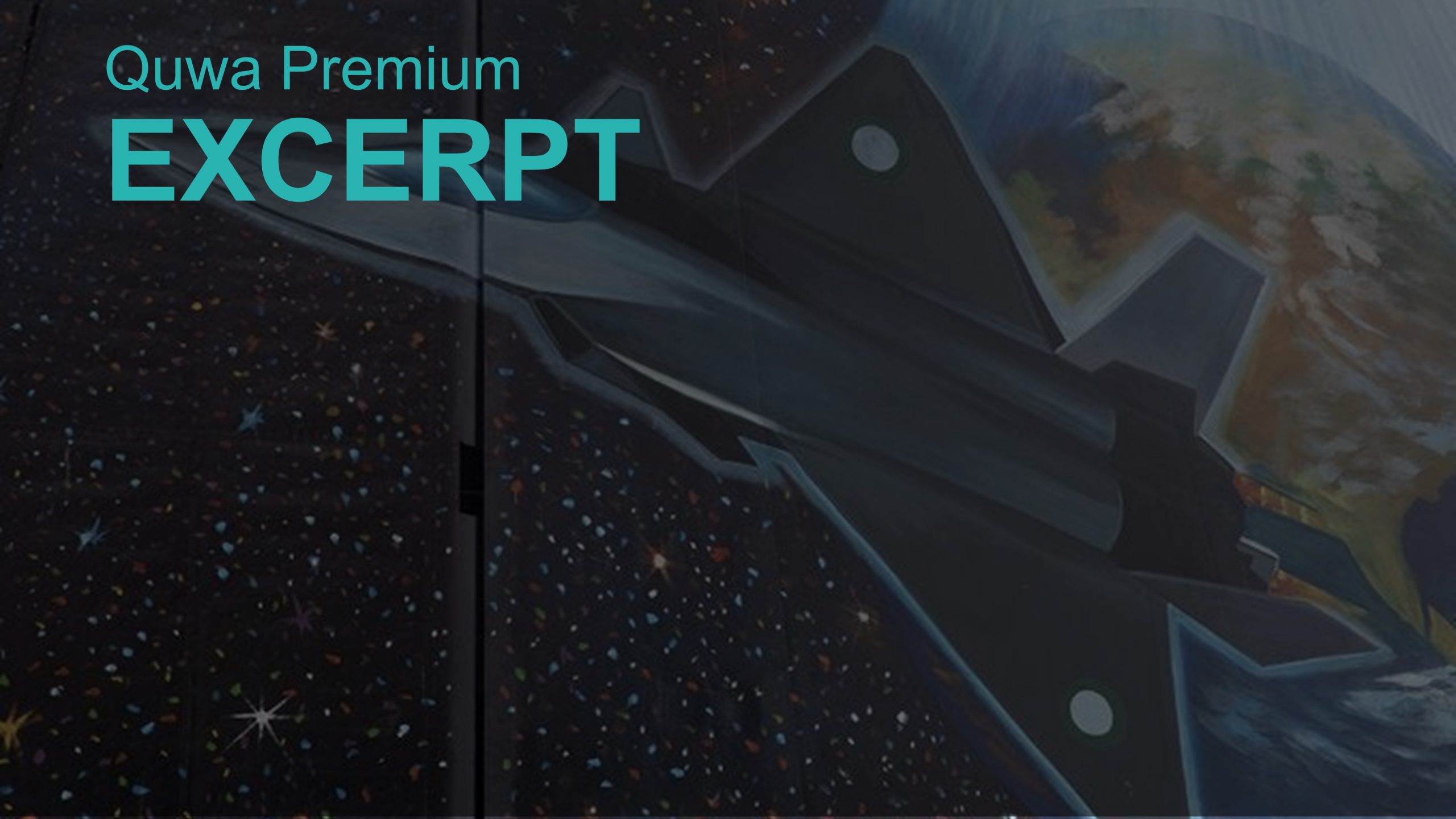
Pakistan Offers Glimpses of Next-Generation Fighter Program
On 07 September 2020, the Pakistan Air Force (PAF) commemorated the Indo-Pak Wars of 1965 and 1971. In its presentation video, the PAF showcased a number of activities it was undertaking as part of the Kamra Aviation City initiative, an effort to set-up a domestic aerospace development and manufacturing cluster.
The crown jewel of this effort is Project Azm, an initiative the PAF started in 2017 to secure its own next-generation fighter aircraft (NGFA), unmanned aerial vehicles (UAV), and new munitions. In its event video, the PAF briefly showed glimpses of each of these projects.
However, though the commemoration event was recent, the video clips in question may not reflect the actual work PAC is currently undertaking for Project Azm. Nonetheless, the clips could offer an insight of the general direction of the NGFA’s main operational outcomes in terms of size, capability, and priorities.
Next Generation Fighter Aircraft
Interestingly, the video clips had showcased studies referencing the ill-fated YF-23 demonstrator. The YF-23 was Northrop’s proposal for the U.S. Air Force’s (USAF) Advanced Tactical Fighter (ATF) program. USAF ultimately selected Lockheed Martin’s submission, the YF-22 (i.e., the F-22 Raptor).
The ‘studies’ do not indicate anything on their own terms. However, based on other information, it leans towards the idea of a twin-engine fighter. In fact, the PAF Chief of Air Staff (CAS), Air Chief Marshal (ACM) Mujahid Anwar Khan, outlined that the PAF was seeking a single-seat, twin-engine design equipped with super-cruising and laser weapons from its NGFA.[1] Thus, the PAF is looking for an aircraft that delivers both current capabilities in so-called fifth-generation fighter aircraft (FGFA) today – such as low-observable (LO) and low radar cross-section (RCS) airframes – and in future generational platforms.
The video does not reflect the actual design of the PAF NGFA, but it could hint towards an interest in a medium-to-heavyweight design – e.g., a maximum take-off weight (MTOW) of 30,000 kg to 35,000 kg – over a medium-weight aircraft with a MTOW of 25,000 kg to 27,000 kg. The YF-23 and YF-22 both leaned towards heavyweight applications, whereas the F-35 – and emerging aircraft such as the Korea Aerospace Industries (KAI) KFX and Shenyang FC-31 – reflect lower-cost medium-weight designs [end of excerpt, subscribe to Quwa Premium to read the full article].
Air-Breathing Missile
The PAF had also shown some apparent work surrounding an air-breathing missile, possibly a supersonic-cruising missile. The design shown was aesthetically similar to the Chinese CM302, but it is unclear what this project would allude to practically.
It could be an actual design and development project (the MoDP yearbook of 2017-2018 disclosed that Pakistan is developing a “supersonic missile” for the PN), or integration of an off-the-shelf solution [end of excerpt, subscribe to Quwa Premium to read the full article].
Artificial Intelligence-Based Electronic Warfare
Finally, the PAF revealed that its newly raised Centre of Artificial Intelligence and Computing (CENTAIC) is undertaking a ‘Cognitive Electronic Warfare’ (or Cognitive EW) program. Cognitive EW is the solution to a modern-day EW’s problem – managing and analyzing vast amounts of data.
Today’s EW systems can collect a considerable amount of data about an enemy’s frequency use, radar deployment, and many other factors. However, the analysis function of using that data to find actionable results is left on solely human operators, which may not be an efficient use of personnel, nor effective [end of excerpt, subscribe to Quwa Premium to read the full article].
End of Excerpt (530/1,334 words)
You can read the complete article by logging in (click here) or subscribing to Quwa Premium (click here).
For More Information on Pakistan’s Next Gen Fighter Program:
- Pakistan Makes Progress on Next-Gen Fighter Program
- Why PAC Needs In-House Development of Flight Control Systems
- How to Establish a Flight Dynamics and Control Institute at Kamra
[1] Alan Warnes. Interview with Air Chief Marshal Mujahid Anwar Khan. Jane’s defence Weekly. 22 May 2019.

